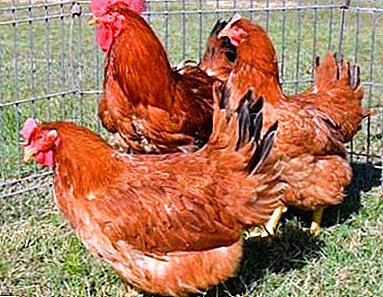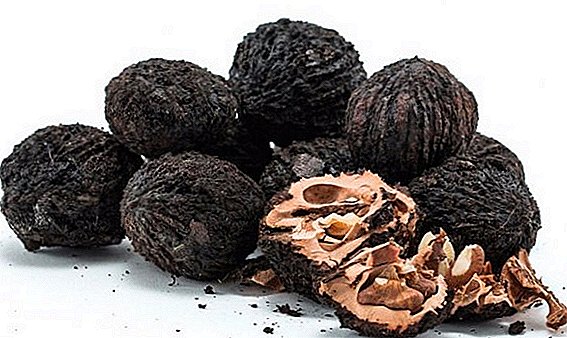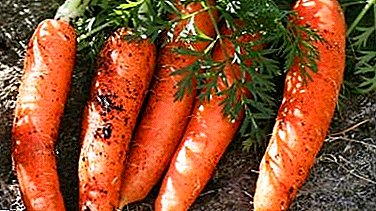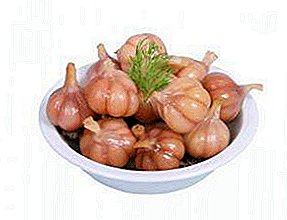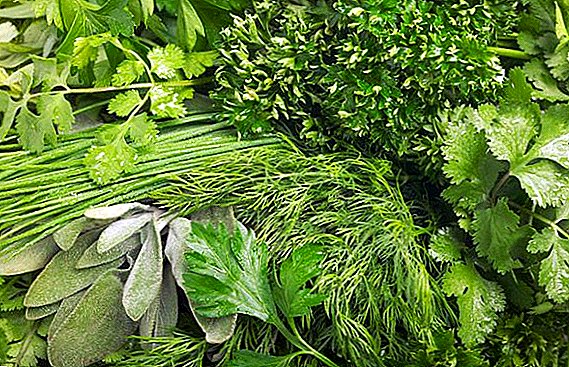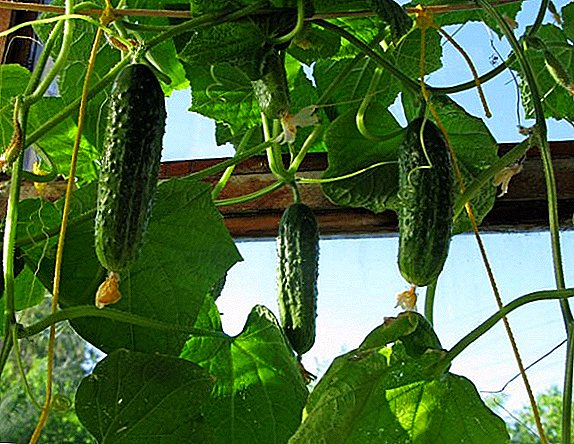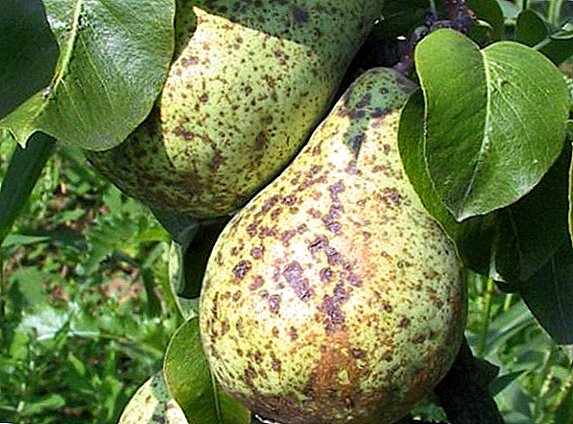
Begonia is a delicate decorative flower. There are several types of this plant. Some of them bloom beautifully, others delight the eye with painted leaves. For growth, the plant does not require special conditions, begonia is unpretentious in the care.
Also this flower is an excellent purifier and humidifier. But can begonia be poisonous? What benefits and harm does the plant bring?
In the article we will tell you about what healing properties a plant has and how to use it for medicinal purposes so that such a recovery would benefit.
Chemical composition
In the composition of the green parts of the begonias an abundance of various micro and macro elements. Among the main ones:
- potassium, calcium, magnesium and zinc;
- organic acids;
- proteins and sugar;
- saponins;
- alkaloids;
- mucous, resinous substance.
All parts of the plant contain acids: amber, ascorbic, in some varieties there is oxalic. Fatty acids (oleic, linoleic) are present in the leaves of the plant.
Useful properties for home and person
 The benefits of growing this plant lies in its cleansing and disinfecting properties. Begonia leaves in large quantities contain volatile production - biologically active substances that stop the growth and reproduction of bacteria and fungi.
The benefits of growing this plant lies in its cleansing and disinfecting properties. Begonia leaves in large quantities contain volatile production - biologically active substances that stop the growth and reproduction of bacteria and fungi.
In the room where this decorative beauty stands, the air becomes cleaner and fresher.
And it affects the human condition:
- general strengthening of immunity;
- increase performance;
- fighting fatigue;
- ensuring a good mood.
Healthy begonias will clear the air of dust and toxic elements, reduce the content of staphylococcus bacteria. The plant also perfectly neutralizes chemical fumes emanating from synthetic materials, plastic. Because of this property, a pot with begonia is a mandatory attribute of children's rooms, bedrooms, living rooms. About whether it is possible to keep the plant at home, we told in our material.
- Why do leaves curl and how to save a flower?
- Why do buds and leaves fall off in begonia, how to help the plant?
- How to prepare begonia for awakening, if it has blossomed?
- Secrets of the successful landing of begonias at home.
- How to grow begonia beautiful and healthy?
- Features transplantation begonias. Care after the procedure.
Poisonous or not?
Is this plant poisonous? Only 1 species is poisonous. This evergreen begonia and its hybrids (Senator, Emperor, Queen and others). All parts of this flower are equally poisonous. In contact with mucous membranes, they are irritated or burned, and if they are swallowed, poisoning begins: symptoms of intoxication, nausea and vomiting appear.
Pots with ever-flowering begonia in a residential area should be placed above the level of access for children and animals. It can be high shelves, cabinets or hanging in pots.
Medicinal properties
The healing effect of begonias is proven and confirmed by scientists. The green parts of the plant have an antiseptic, antiallergic and analgesic effect.
The healing properties of begonias are also as follows:
- accelerating the healing of wounds, burns;
- improvement of capillary circulation;
- removal of toxins from the body;
- anti-spasmodic action;
- dehydration control;
- help sick joints.
Plant application
| Indication | Cooking | Rules of application |
| Used diluted juice.
| Shelf life - no more than 3 days. Used only for external use: compresses, lotions, douching. Warm up before use in a water bath. |
| Preparation of tincture for oral administration.
| 10-15 drops of the resulting infusion diluted in 1 tbsp. water and drink 3 times a day for 20-30 minutes before meals. The course of treatment is 1 month. |
| Headache, migraine |
| Drink liquid immediately after cooking with slow, but big sips. |
| Otitis and ear pain | Tear off a leaf of a plant, wash it, twist it with a straw and gently insert it into your ear. | Change the sheet every 2-4 hours. |
| Bruises, sprains | To break a sheet of a begonia, to wash out and from the outside to attach to a sore point. | To do the procedure for the night. |
The presented recipes, and especially those that involve ingestion, require mandatory coordination with the doctor. Self-medication may have the opposite effect expected.
What is dangerous to health?
 Harm occurs when non-compliance dosages in the process of making infusions.
Harm occurs when non-compliance dosages in the process of making infusions.
- Uncontrolled ingestion can cause severe poisoning.
- If the juice of a poisonous begonia has got on the mucous membrane of the eye, short-term blindness may develop.
- Pure undiluted juice in contact with skin causes burning, severe itching and burning.
- Eating leaves threatens indigestion.
Contraindications and risks
The main contraindications for starting treatment with begonia are pregnancy and lactation, younger and teenage years, individual intolerance and a high propensity for allergies. Also, one should not begin treatment in the period of exacerbation of chronic illnesses or during an epidemic of ARVI, flu.
Begonia pure juice is forbidden to drink and apply to open wounds. Eating leaves is not recommended, but you can eat flowers and tubers, but with extreme caution, following the dosage and medical prescriptions.
Begonia is an amazing home plant. It effectively cleans and humidifies the air, neutralizes chemical fumes. Green parts are used to treat various pathologies. But begonia can hurt. It is forbidden to start treatment without prior consultation with the doctor.



